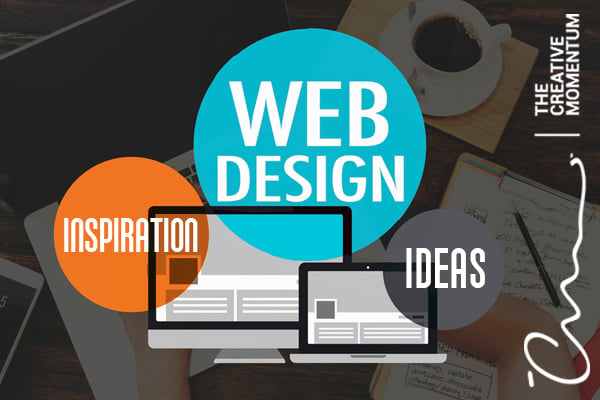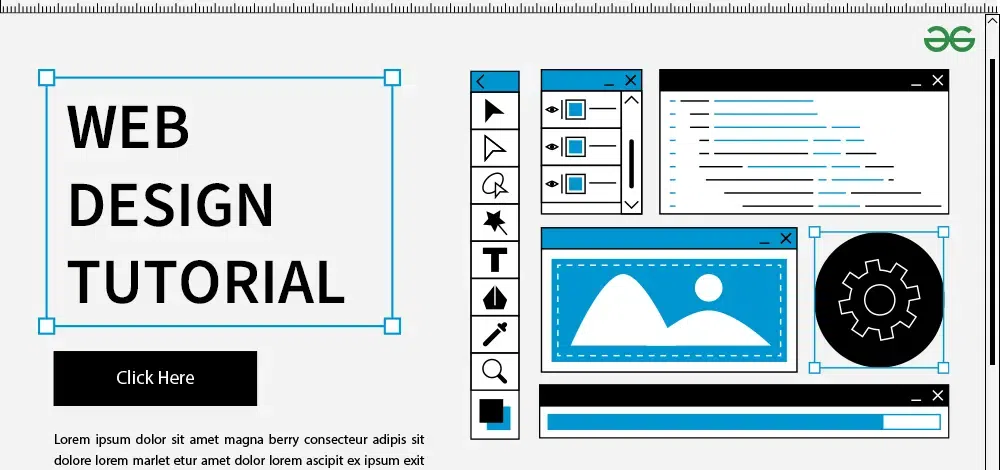User-Friendly Website Design for Smooth Online Experiences
In the quickly advancing electronic landscape, the value of straightforward internet style can not be overemphasized. A well-structured, user-friendly user interface not only boosts user complete satisfaction yet also straight influences involvement and retention rates. By sticking to key concepts of usability, such as clarity and responsive layout, services can develop an atmosphere that fosters count on and encourages exploration. The trip towards achieving seamless on the internet experiences entails navigating an intricate interplay of layout elements and individual assumptions. Comprehending these subtleties raises crucial questions regarding the future of website design and its function fit individual interactions.
Significance of User-Friendly Design
User-friendly design is crucial in today's electronic landscape, as it consistently enhances customer experience and complete satisfaction. In a period where customers have numerous alternatives at their fingertips, a site that prioritizes straightforward design attracts attention by successfully meeting the requirements of its target market. This design strategy not just enhances accessibility but additionally fosters engagement, making sure that site visitors can navigate the website effortlessly and locate the information they seek without aggravation.
Furthermore, user-friendly design plays a significant duty in developing depend on and reputation. They are a lot more most likely to regard the brand name positively when individuals run into a instinctive and well-organized user interface. This perception can cause enhanced client loyalty and higher conversion prices, as users are a lot more inclined to return to a website that provides a smooth experience.
In addition, a concentrate on easy to use style can decrease bounce rates, as visitors are less likely to leave the site if they locate it easy to utilize. Web Design Philippines. By focusing on user requirements, services can develop an efficient on-line presence that drives success and cultivates long-lasting partnerships with clients. In recap, user-friendly layout is essential not just for individual fulfillment but additionally for accomplishing broader organization objectives
Trick Concepts of Use
Emphasizing clarity and simpleness, the essential principles of use work as fundamental aspects in developing reliable website design. These concepts ensure that users can engage with a site without effort, bring about an extra gratifying user experience.
One essential principle is consistency. A consistent user interface permits customers to anticipate results based on previous interactions, reducing confusion and enhancing navigation. Effective responses devices are important; individuals should receive timely actions to their activities, such as verification messages or mistake alerts, which guide them with their jobs.
Another vital principle is availability. A functional design should suit customers of differing settings and capabilities, making sure that everybody can access and engage with the material perfectly. This includes making use of understandable fonts, ideal shade contrasts, and alternative message for photos.

Navigation and Framework
Effective navigating and structure are crucial parts of any type of successful internet style, as they straight affect exactly how users engage and locate with web content. An efficient internet site allows individuals to situate information quickly, cultivating a positive experience that motivates them to stay longer and involve more deeply.
To attain efficient navigating, developers ought to focus on quality and simplicity. This can be achieved via making use of intuitive menu frameworks, plainly labeled classifications, and a quickly obtainable search function. Uniformity across pages is equally crucial, as it permits users to develop a psychological map content of the website, decreasing cognitive tons and improving functionality.
In addition, including breadcrumbs provides users with context about their location within the site, enabling them to navigate back to previous sections effortlessly.
A logical pecking order is essential when structuring web content, with key topics plainly presented and additional info nested appropriately. This method not only help navigation but also sustains SEO efforts by clearly specifying the partnership between different web content components. Inevitably, a thoughtful navigation and framework style boosts customer satisfaction, promoting seamless on-line experiences that fulfill customers' demands effectively.
Responsive Design Strategies
Just how can internet developers make sure that their websites supply an ideal experience throughout a range of gadgets? The answer hinges on using receptive style techniques. These techniques permit internet sites to adjust effortlessly to different screen sizes and orientations, ensuring performance and visual appeals stay undamaged.
One basic method is the use of liquid grids, which involve designing layouts that use basics family member systems like portions rather of fixed pixels. In addition, media queries play a vital function in receptive design, enabling the application of details CSS styles based on device features such as size and resolution.
An additional effective method is implementing responsive images that instantly readjust their size according to the gadget, maximizing loading times and preserving top quality. In addition, mobile-first layout urges the creation of sites with a main emphasis on mobile users, progressively enhancing functions for larger screens.
Including these responsive design methods guarantees that websites not only cater to diverse tools but likewise deliver a consistent and rewarding user experience, inevitably adding to the success of an on the internet presence.
Enhancing User Engagement
While a well-designed internet site can bring in site visitors, improving customer interaction is crucial for keeping their rate of interest and encouraging interaction. Involving individuals calls for a multifaceted strategy that prioritizes user-friendly layout, pertinent content, and interactive attributes.
First, a clear and easy to use navigating framework is important. Site visitors should conveniently find what they're seeking without unnecessary clicks. Applying breadcrumbs, search bars, and rational classification can dramatically enhance navigation.
2nd, vibrant web content plays a crucial duty in keeping individuals engaged. Routine updates, post, and tailored recommendations based on customer behavior can cultivate a sense of connection.
Including interactive elements such as quizzes, polls, and comment areas can additionally enhance engagement by welcoming customers to participate actively. Using aesthetic storytelling via infographics and videos can record attention and communicate messages more successfully than text alone.
Lastly, article source enhancing filling rate and ensuring mobile responsiveness are vital parts in keeping user rate of interest. A smooth experience across gadgets prevents aggravation and motivates users to check out better.
Conclusion
Finally, easy to use website design is essential for making certain smooth on the internet experiences that improve individual contentment and interaction. By adhering to key concepts of use, carrying out user-friendly navigation, and using receptive design methods, websites can dramatically improve customer interaction. A focus on clarity and accessibility cultivates depend on and integrity, eventually driving customer commitment and contributing to business success. Focusing on these layout elements lays the foundation for a enduring and favorable partnership in between individuals and digital systems.

In conclusion, straightforward internet style is pivotal for guaranteeing smooth on-line experiences that improve user satisfaction and involvement.
Comments on “The Influence of Web Design Philippines on E-Commerce Success”